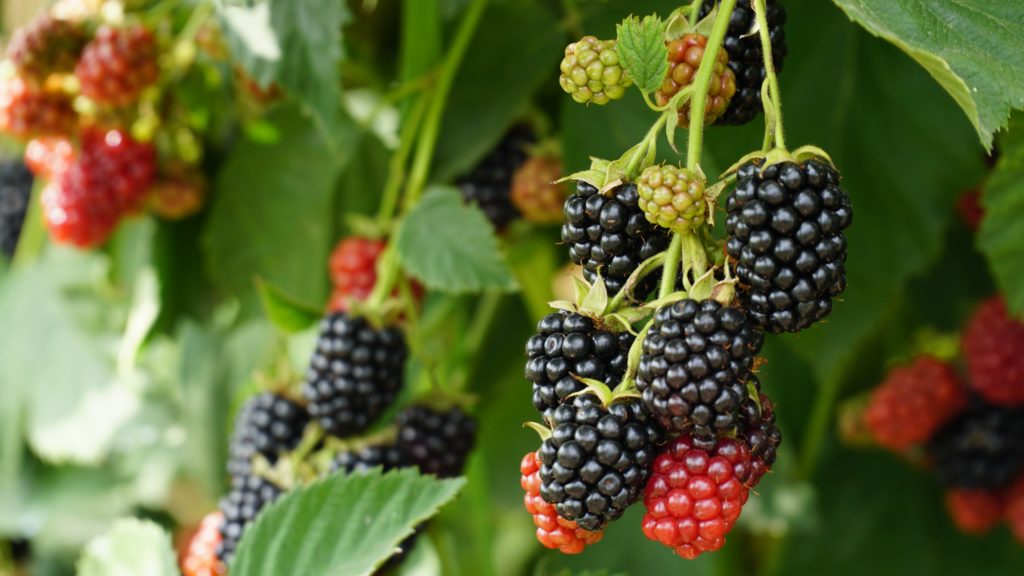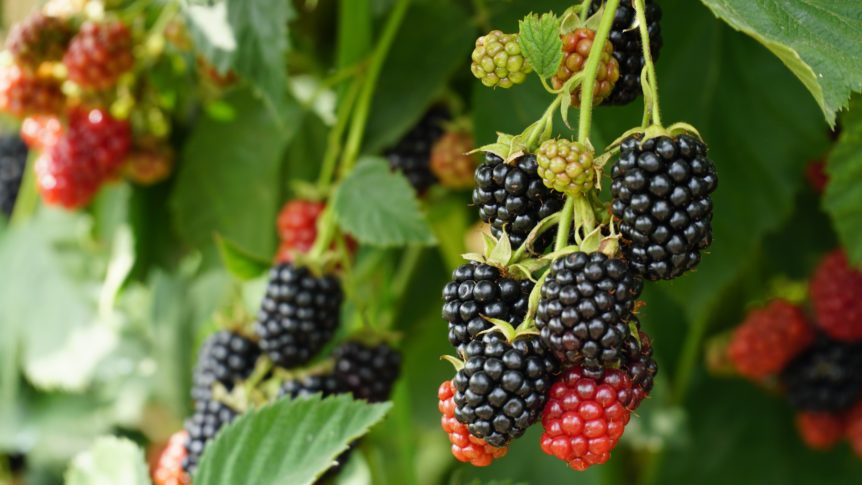By Maegan Beatty

By Nellia2/Shutterstock Image

Last week, the University of Florida Institute of Food and Agricultural Sciences (UF/IFAS) hosted an online program to discuss new technologies in commercial crop production. Gilad Freund is an Extension faculty member located in Mop Hahar, Israel. Freund discussed new innovative technologies that are being utilized in the blackberry industry throughout Israel. These new technologies are meant to grow blackberries in warmer climates, like those of the Southeast region of the United States.
WHY BLACKBERRIES?
All over the world, the berry market is steadily growing. The top four most popular berries are strawberries, blueberries, raspberries and blackberries. The compound annual growth rate for berries and grapes grows at about 4% per year and is expected to grow by 6.8% between 2024 and 2032. Freund said Florida has a great research and Extension advantage and can grow blackberries sustainably in the state. The latest trends have also shown that mixed berries are increasing in popularity.
“There’s an opportunity for growers in Florida to add blackberries to the market mix,” Freund said. “Additionally, the blackberry industry also allows younger farmers who are joining the family farm to contribute a different product to their family business.
“Young farmers want to join the family farm and have something of their own. Farmers in Israel are growing blackberries to add something to the table there, too.”
TECHNOLOGY FOR HOT CLIMATES
With a warmer climate like Florida, farmers must consider innovative farming techniques and technology to produce the highest yields. In Israel, farmers have adopted a few different farming methods that utilizes these technologies to increase blackberry production.
Blackberry farmers are using intensive production methods, which means they are producing as much of a crop as possible in smaller areas. They are also using pots and growing substrates instead of relying on directly growing in the soil. On average, these blackberry farmers have 3,200 blackberry plants per acre, resulting in high plant density. They typically use 30-foot-wide net houses to grow these plants.
Within these net houses, farmers are using shade nets to protect plants from sunburn and to control the light quantity and quality. These shade nets can be black, white, red or blue and they allow the farmer to control the percentage of shade they want the crop to receive. Depending on the day, the farmer might want their crop to receive 40% shade or 60% shade. This tool still gives the plants access to the sun so they can complete photosynthesis, while protecting the plant from too much sun exposure.
HARVESTING
Berry farmers have made technological advancements in the harvesting sector to lessen the need for manual labor. One of these new technologies is the PickPick, which was developed in Spain. The PickPick is a glove with a cup attached to it. This allows laborers to gather more berries at once. While there has been mixed results, some farms have improved their harvesting efficiency by 20%-25%.
Robots and artificial intelligence (AI) are also a rising trend in the world of ag technology. While there is still a lot of research needed to learn more about these tools, AI could become a big deal on berry farms.
Maegan Beatty is an AgNet Media intern.










